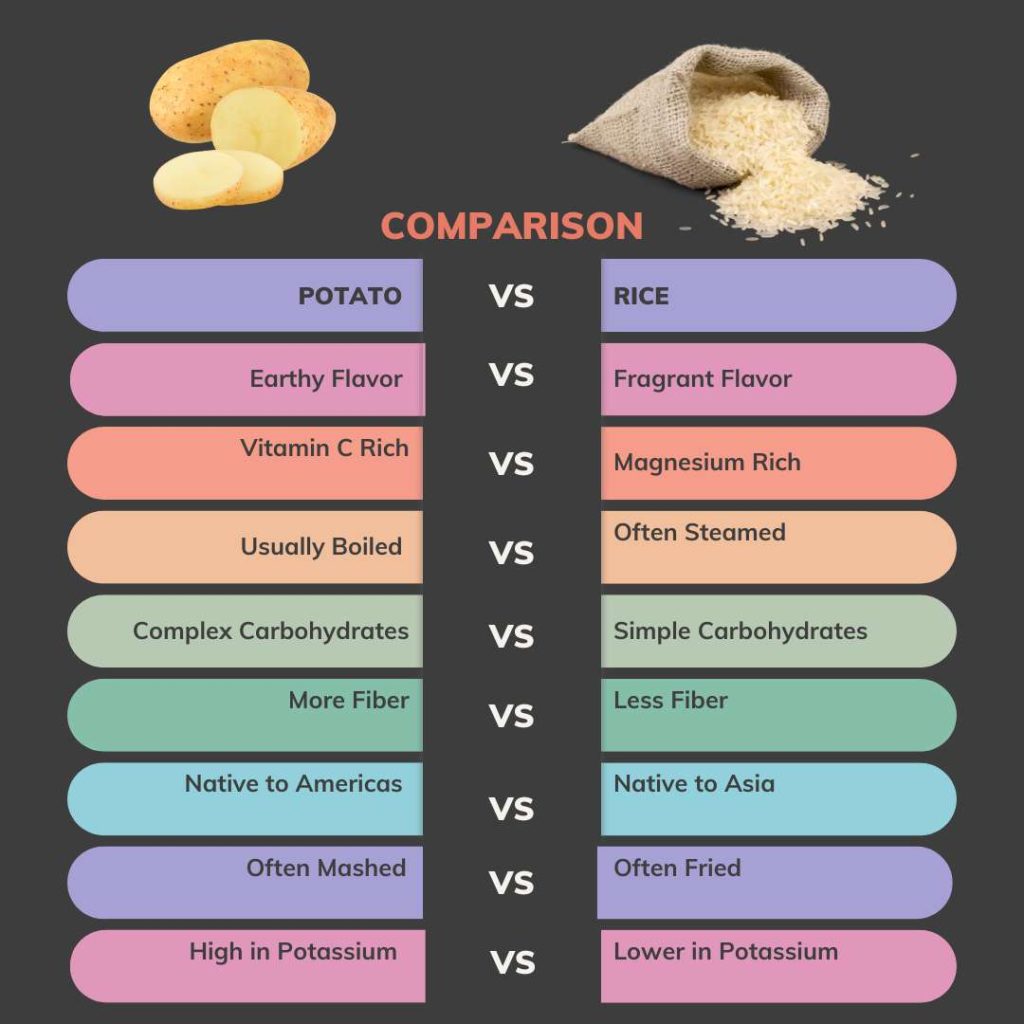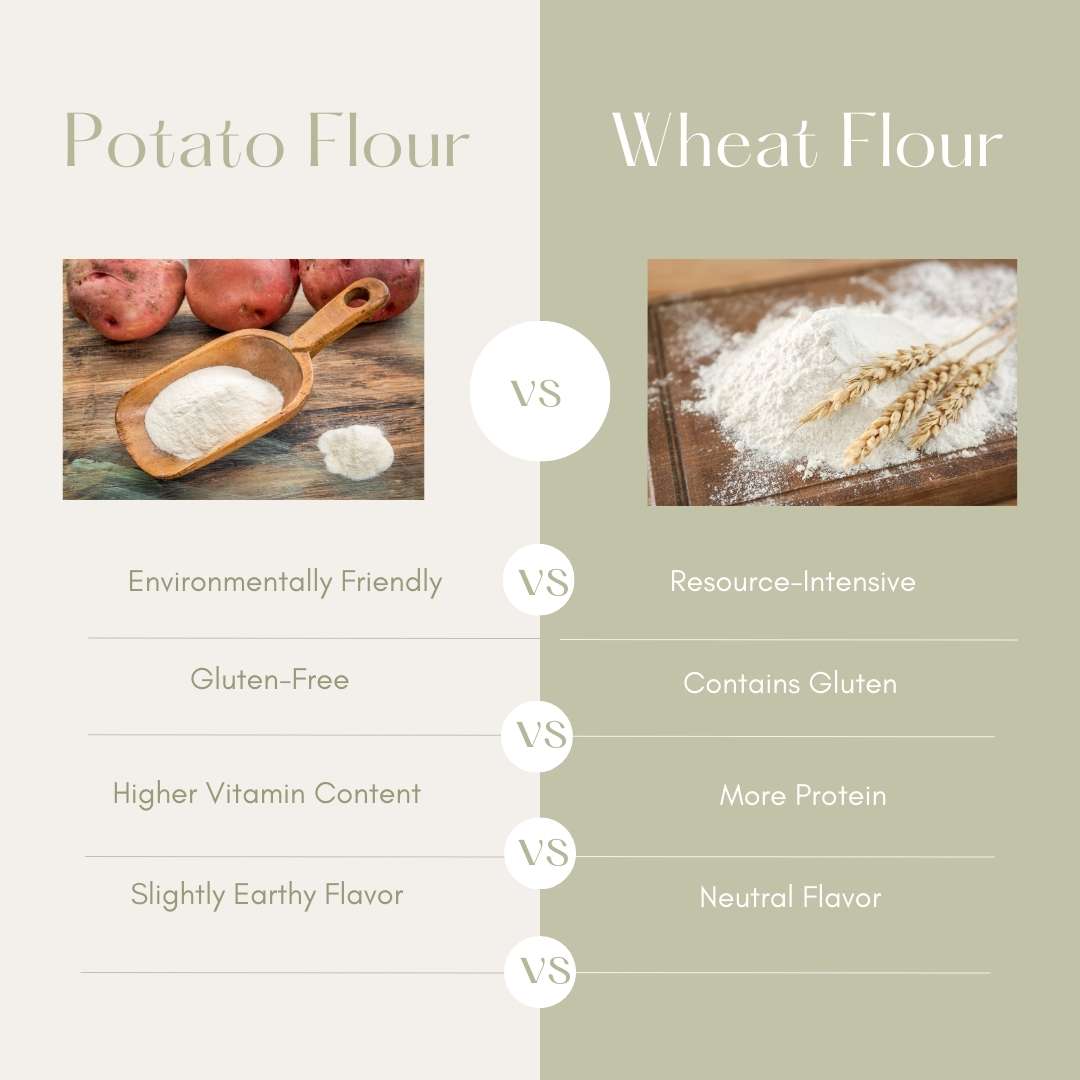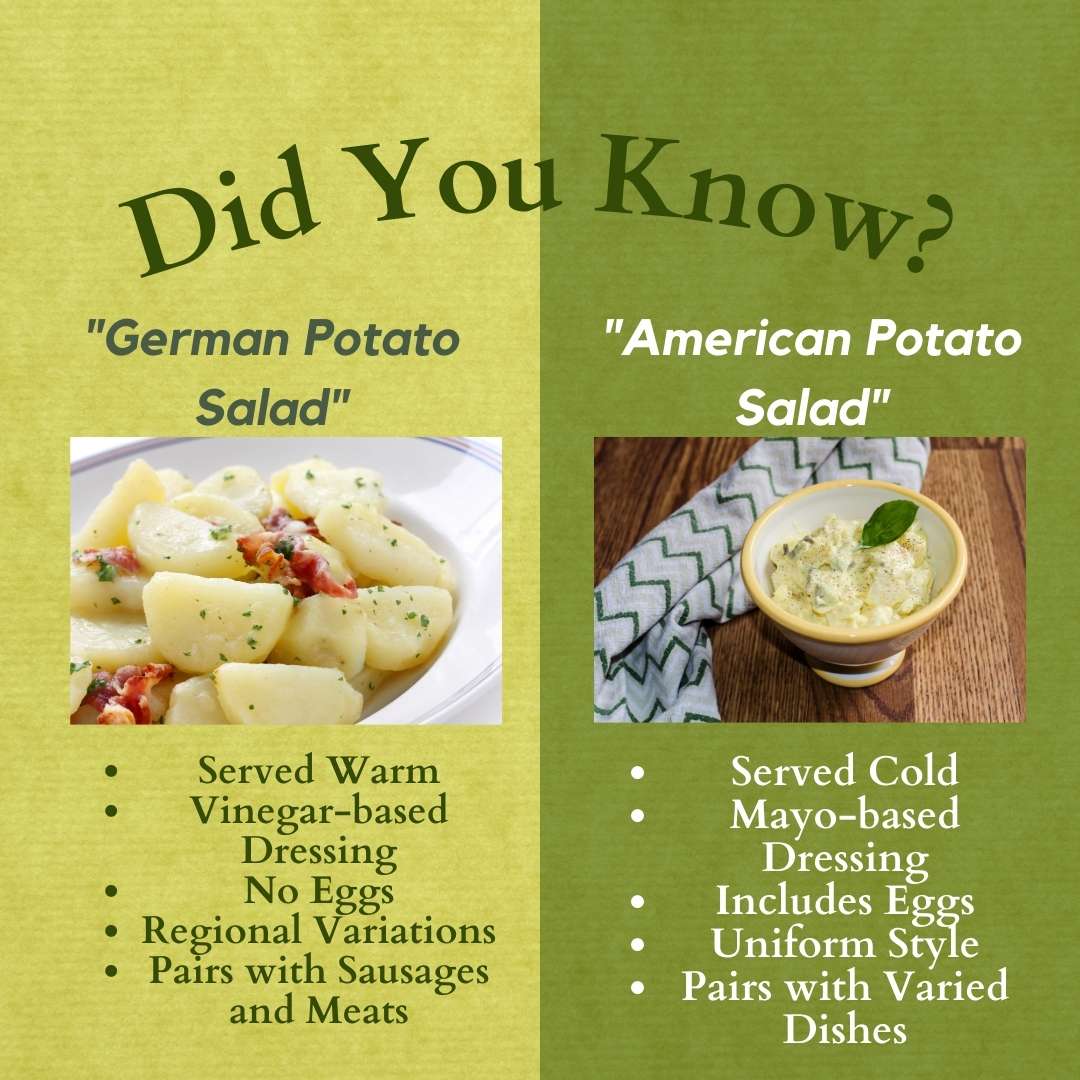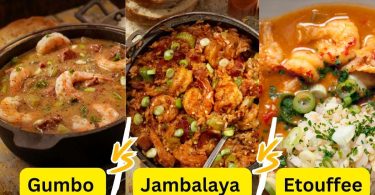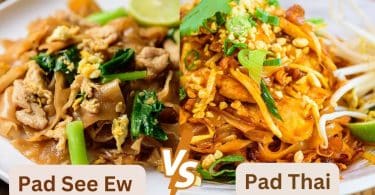The Battle of the Staples… The age-old culinary debate of potato vs rice is much more than a matter of taste. These two starchy giants have shaped culinary traditions, influenced global economies, and provided sustenance to millions. But how do they compare in terms of nutrition, culinary uses, taste, and much more? This article aims to provide an in-depth exploration of these two fascinating foods.
Speaking of comparisons, if you’re interested in kitchen appliances, you might also want to explore the Vitamix Food Processor vs Breville Sous Chef and the Difference Between Ninja DZ201 and DZ550 Air Fryer. Both of these comparisons shed light on important considerations for any home chef.
Historical Background: Roots and Grains through Time
Potatoes and rice are as old as civilization itself. Originating from different parts of the world, these staples tell a tale of human survival, trade, colonization, and culinary evolution.
- Potatoes: Native to the Andes Mountains of South America, potatoes were cultivated by the Inca Empire over 7,000 years ago. The Spanish Conquistadors introduced them to Europe in the 16th century, leading to a widespread adoption and a significant impact on European diets.
- Rice: With origins in ancient China and India, rice has been a symbol of life and fertility in many Asian cultures. Its cultivation spread across the continents, making it a staple food for over half of the world’s population.
The rich history of both potatoes and rice reveals how food transcends boundaries, shaping our cultural identity and shared heritage.
Nutritional Breakdown: Carbs, Proteins, and Vitamins
Understanding the nutritional content of potatoes and rice is essential for making informed dietary choices. While both are primary sources of carbohydrates, they differ in protein content, vitamins, and minerals.
- Carbohydrate Content: Starchy Facts: Potatoes are complex carbohydrates, providing energy and fiber. Rice, particularly white rice, is a simpler carbohydrate that is easily digestible but may have less fiber.
- Protein Comparison: Building Blocks of the Meal: Rice generally contains more protein than potatoes. However, combining them with other protein sources can create a balanced meal.
- Vitamin and Mineral Richness: What Fuels You More?: Potatoes are rich in Vitamin C and B6, while rice, especially brown rice, offers a good source of magnesium and selenium.
By examining the nutritional aspects, consumers can make choices that align with their individual needs and preferences.
Taste Profiles: From Earthy Potatoes to Fragrant Rice
The taste of both potatoes and rice can be a deciding factor in many dishes, and both come with unique flavor profiles.
- Potatoes: Known for their earthy and buttery taste, potatoes can be a blank canvas, absorbing flavors from other ingredients. Varieties like russet, red, and sweet potatoes offer different textures and tastes.
- Rice: Rice is cherished for its soft, fluffy texture and can be fragrant or neutral. Types like jasmine rice offer floral notes, while basmati has a nutty flavor, and sticky rice brings sweetness to Asian desserts.
Pairing them with the right spices, herbs, and cooking methods can unlock a world of flavors, making each dish unique and satisfying.
Culinary Delights: Cooking Techniques and Popular Dishes
The versatility of potatoes and rice is evident in the myriad ways they are prepared and the roles they play in various dishes around the world.
- Boiling and Mashing: Perfecting Potatoes: From creamy mashed potatoes to rustic boiled ones, understanding the right technique is key. Different varieties respond differently to cooking, and mastering them can elevate the dish.
- Steaming and Stir-Frying: Mastering Rice: Steaming rice to perfection requires attention to detail. Stir-frying, as in fried rice dishes, brings out new textures and flavors.
- Fusion Cuisine: Creative Combinations of Both: Dishes like Spanish paella combine both ingredients, creating a harmonious blend that reflects cultural fusion.
- Comfort Food: Classic Potato and Rice Dishes: From homey potato gratins to comforting congee, these staples can be the stars of comfort food across cultures.
Whether a beginner or a seasoned chef, knowing how to cook these staples can lead to delicious and varied meals.
Global Perspectives: Cultural Preferences and Staple Foods
Potatoes and rice are more than just food; they are part of cultural identities and traditions.
- Potatoes in Western Cuisine: From Irish stews to French fries, potatoes hold a significant place in Western culinary traditions.
- Rice in Eastern Cuisine: Integral to Asian cuisines, rice accompanies almost every meal, signifying prosperity and nourishment.
- Sustainability and Global Impact: The cultivation and distribution of both have implications on the environment, economy, and social structures.
Understanding these global perspectives adds depth to the culinary experience and connects us to a shared human experience.
Economic Impact: Market Trends and Sustainability
Potatoes and rice are not only vital from a culinary perspective but also play crucial roles in global economics and sustainability.
- Supply and Demand: As staple foods, the demand for potatoes and rice is consistent. However, fluctuating weather patterns and political factors can affect supply and pricing.
- Agricultural Practices: The farming of potatoes and rice involves significant labor and resources. Innovations in agricultural practices aim to enhance yield while minimizing environmental impacts.
- Trade and Policies: International trade agreements, tariffs, and governmental policies can influence the accessibility and affordability of these staples, impacting both producers and consumers.
- Sustainability Challenges: Water consumption, pesticide use, and land management pose challenges to sustainable cultivation. Initiatives like crop rotation and organic farming are being explored to mitigate these challenges.
This economic lens provides insights into the complex systems that bring potatoes and rice from the field to our tables and their broader implications on society.
Conclusion: Finding the Balance Between Potatoes and Rice
Comparing potatoes and rice unveils a tapestry of history, culture, nutrition, flavor, and global impact. From the high Andean plains to the paddy fields of Asia, they represent diverse traditions and innovations.
- Nutritionally Balanced Meals: Understanding the nutritional attributes helps in making conscious dietary choices that suit individual health needs and preferences.
- Culinary Creativity: Embracing the wide array of cooking techniques and flavors can lead to an enriched culinary experience, celebrating both uniqueness and commonality.
- Global Connections: Recognizing the global perspectives and economic impact cultivates a deeper appreciation for these humble staples and their influence on our interconnected world.
In the end, potatoes and rice are not merely choices on a menu but symbols of our shared humanity, nourishing our bodies and connecting us to a larger culinary tradition.
Additional Insights: Beyond the Dinner Plate
There’s more to the story of potatoes and rice than just what’s seen on our plates. Let’s dive into some of the lesser-explored facets:
- Impact on Health and Wellness: Both potatoes and rice have particular health benefits and potential drawbacks. For example, white rice’s higher glycemic index may not suit some dietary needs, while potatoes offer essential antioxidants.
- Cultural and Religious Symbolism: In various cultures, rice symbolizes prosperity and fertility, while potatoes have been associated with sustenance and groundedness.
- Crisis Management and Food Security: During famines or economic downturns, both have acted as lifesaving staples, emphasizing their importance in food security strategies globally.
Innovation and Future Prospects
The story of potatoes and rice is ever-evolving, with constant innovation in agriculture, cuisine, and even biotechnology:
- Genetic Engineering and Crop Improvement: Research into drought-resistant and nutrient-enhanced varieties aims to tackle future challenges.
- Culinary Innovations: Chefs around the world continue to experiment, creating new dishes and reinventing classics.
- Sustainable Practices and Agroecology: The move towards more sustainable farming practices is imperative for the future of these crops, our health, and the planet.
Reflections and Personal Choices
The potato vs rice debate goes beyond an academic exploration; it touches our daily lives and personal choices:
- Home Cooking and Family Traditions: How do we choose between potatoes and rice in our kitchens? Family traditions, personal tastes, and nutritional goals all play a part.
- Ethical Considerations: Sourcing locally, supporting sustainable farms, and being aware of the impact of our choices reflect a growing consciousness about food ethics.
Final Thoughts: A Journey from Earth to Table
The journey of potatoes and rice from earth to table is filled with complexity, beauty, and meaning. This comparison transcends a simple side-by-side analysis, painting a rich tapestry of history, culture, economy, innovation, and personal connection.
By unearthing the layers of their existence, we come to recognize the profound impact of these everyday staples. We also find inspiration in the culinary creativity they foster and the global connections they forge.
Whether you are a lover of potatoes, a rice enthusiast, or a culinary explorer embracing both, understanding the depth of their roles can enrich your dining experience and offer a new perspective on what it means to nourish our bodies and our communities.
This concludes our comprehensive exploration of “Potato vs Rice.” It has been a journey filled with discovery and insight, one that we hope has provided you with a deeper appreciation for these vital and versatile food staples.


